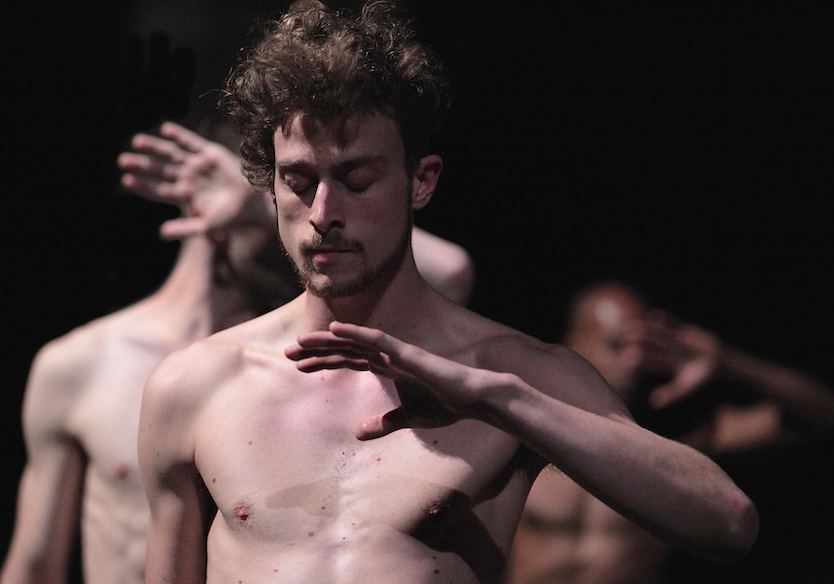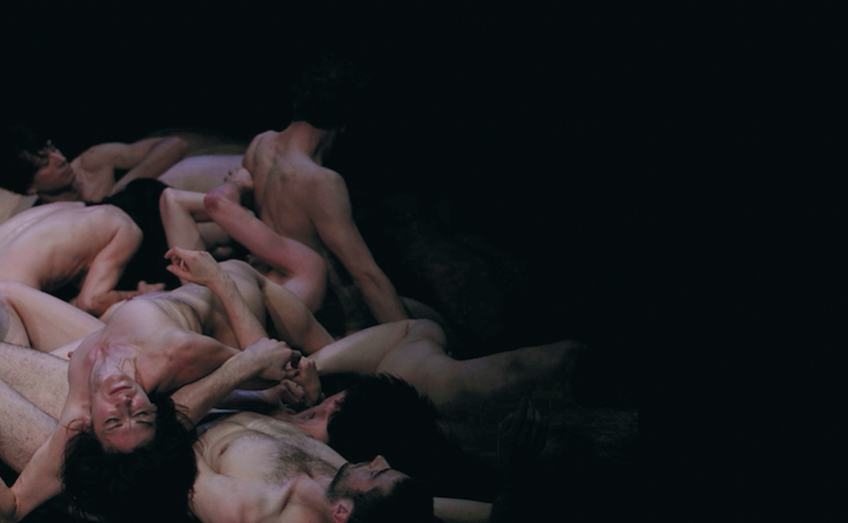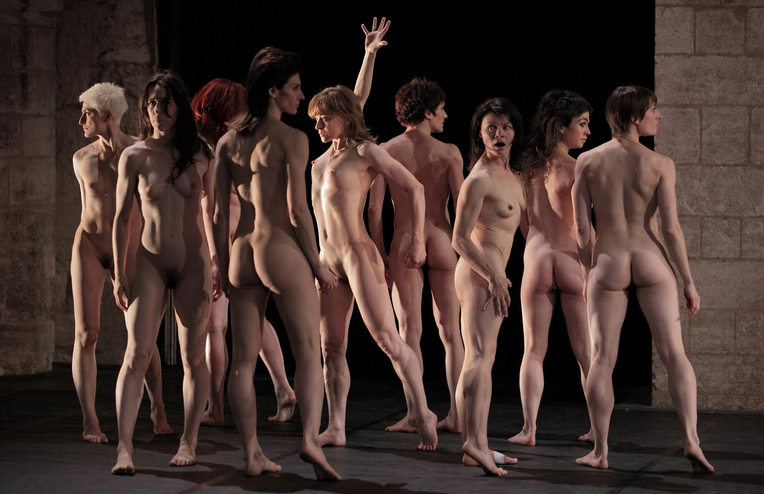★★☆☆☆ Never mind the nudity, where’s the dance?
Carriageworks, Sydney
September 3, 2016
While the unreserved front row seemed to have been monopolised by ‘older gentlemen’, the rest of the packed auditorium comprised a mix of hipsters and art-school provocateurs (the couple in front of me sported matching earrings with “cunt” emblazoned on them in large letters). Not your average dance audience then, but not every contemporary dance work offers 17 entirely naked performers in a gruelling 90-minute exploration of humankind and the human body.

Olivier Dubois is director of Ballet du Nord but cut his teeth as a dancer with Ballet Preljocaj and Sasha Waltz. His uncompromising choreography has been much-praised in Europe, less so in the UK, so Carriageworks should get the kudos for giving Australian audiences their first chance to make up their minds, with two performances of 2012’s Tragédie – a work inspired by Nietzsche’s The Birth of Tragedy, in which the German philosopher eulogises the liberation of song and dance.
Emerging out of the gloom to the repetitive thud of a single tribal drumbeat, the dancers march emotionlessly forwards and back in gradually changing patterns, a bit like watching the notes on a piece of sheet music by Philip Glass pass hypnotically before your eyes. It’s as ominous an opening gambit as Nietzsche’s cult of the superman which lurks behind the passages from which Dubois appears to have taken his inspiration. With nothing to watch but the human form, aesthetic comparisons seem unavoidable (especially with the laudable variety of body shapes and ages on offer), but if Dubois’ aim is to desensitise the viewer to nudity, he succeeds. With barely a conventional dance move in sight, however, it’s hard to escape the feeling you are at an art installation rather than a piece of contemporary dance, and at about half-an-hour in, half a dozen in the audience made good their escape. This was clearly not what they had come for.

The second ‘section’ gradually brings in variations in posture and pace with individual tics and connections fleetingly developing between dancers. Some white down-lighting at least sculpts the bodies more interestingly. A section of rhythmic posturing echos the shame of Adam and Eve in the Garden of Eden, but although men and women are often separated, their moves remain un-illuminating and doggedly identical. It all feels a bit like a drama class exercise, and by the time the relentless marching starts up again, you sense that many in the audience might be losing the will to live.
Subsequent sections see the dancers breaking out of their boxes, faces surly, limbs strutting, as the beat becomes louder and more clubby. There are even one or two coordinated dance moves! As overload kicks it, bodies malfunction, tripping and slipping into a heap on the floor where they writhe briefly in slo-mo. With the soundtrack turned up to ear splitting, the climax (ahem…) comes with a thrashing sequence of arm’s-length simulated coital experiences where the dancers never touch (though their grinding genitals certainly get a good workout). It is a disciplined, sweaty, occasionally beautiful affair, but it all comes far too late for those whose power of endurance has been broken by the preceding hour of repetitive floor pounding.

I should point out that the Carriageworks audience was clearly divided, some standing enthusiastically, others frustrated that what had looked so intriguing on paper had come to so little. Personally, I couldn’t help thinking what a company like Force Majeure would have done with such a fertile premise. Dubois clearly has vision and strength of will, but if it weren’t for the ticket-selling nudity, I’m not sure anyone would give Tragédie airplay.











Comments
Log in to join the conversation.